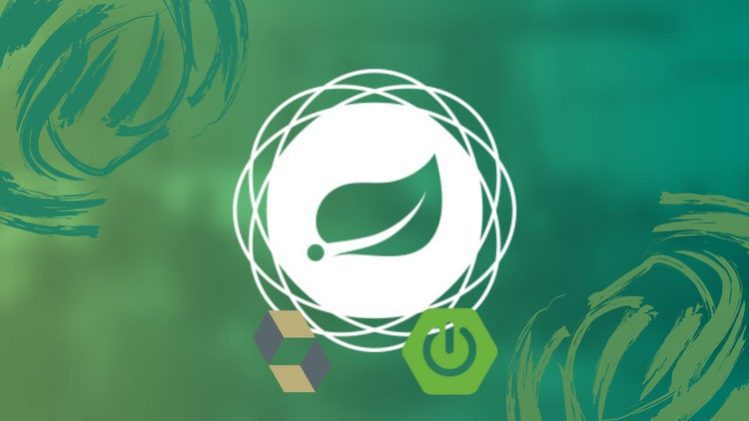Course description
Embark on a comprehensive journey through the world of Spring Data JPA, and become an expert in creating high-performance, data-driven applications. This in-depth course is tailored for developers seeking to master Spring Data JPA, covering everything from basic concepts to advanced techniques. By enrolling in this course, you will unlock the full potential of Spring Data JPA and gain the confidence to tackle complex real-world challenges.
Key topics covered in this course include:
-
Setting up your development environment: Learn how to connect to MySQL and PostgreSQL databases using Docker, ensuring a smooth and practical learning experience.
-
Exploring Spring Data JPA fundamentals: Dive into the core concepts of Spring Data JPA, including entities, primary keys, generation types, columns, and tables. Get hands-on experience through practical examples that solidify your understanding of these essential annotations.
-
Mastering repositories and the entity lifecycle: Understand the repository hierarchy, entity lifecycle, and how to leverage the power of Spring Data JPA to manage your data efficiently.
-
Unraveling entity relationships: Delve into various relationship types, such as one-to-one, one-to-many, and many-to-many, while learning best practices for modeling and managing complex relationships between entities.
-
Understanding inheritance: Gain a deep understanding of inheritance strategies in Spring Data JPA and how to model and query hierarchical data effectively.
-
Leveraging embedded IDs and entities: Discover how to use embedded IDs and entities to model composite primary keys and embeddable types, enhancing the reusability and maintainability of your code.
-
Querying data: Master the art of querying data using various techniques, including JPQL, native SQL queries, and the Criteria API.
-
Named queries: Learn how to use named queries for better organization, maintainability, and performance optimization.
-
Specification: Unlock the full potential of Spring Data JPA Specifications to create dynamic and type-safe queries, which can be combined and reused for ultimate flexibility and maintainability.
This comprehensive course is designed to provide you with the knowledge and skills necessary to excel in your career as a Spring Data JPA developer. With a balanced mix of theory, hands-on examples, and best practices, you will be well-equipped to create efficient and scalable applications using Spring Data JPA. Enroll today and take the first step towards becoming a Spring Data JPA expert!





